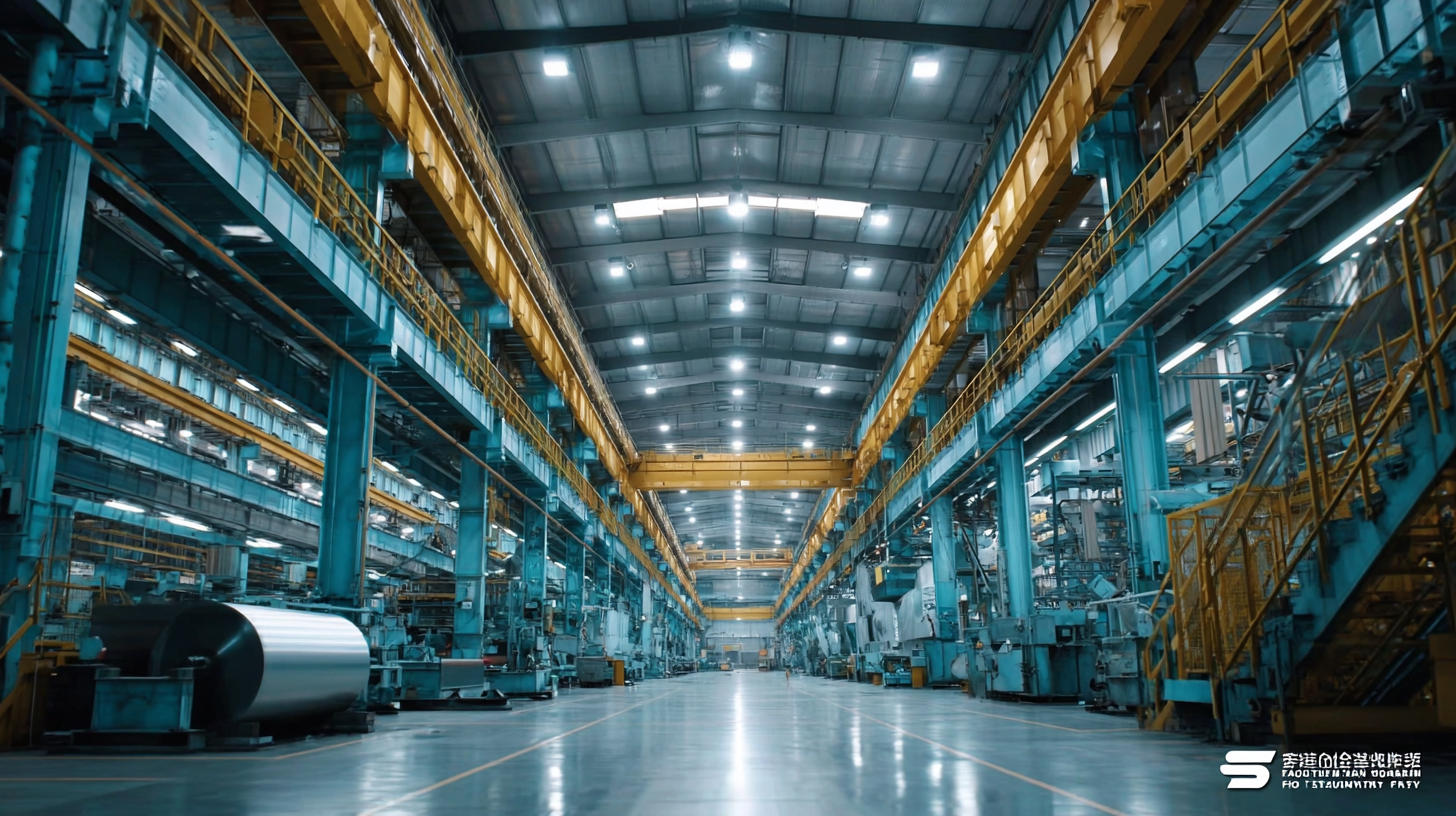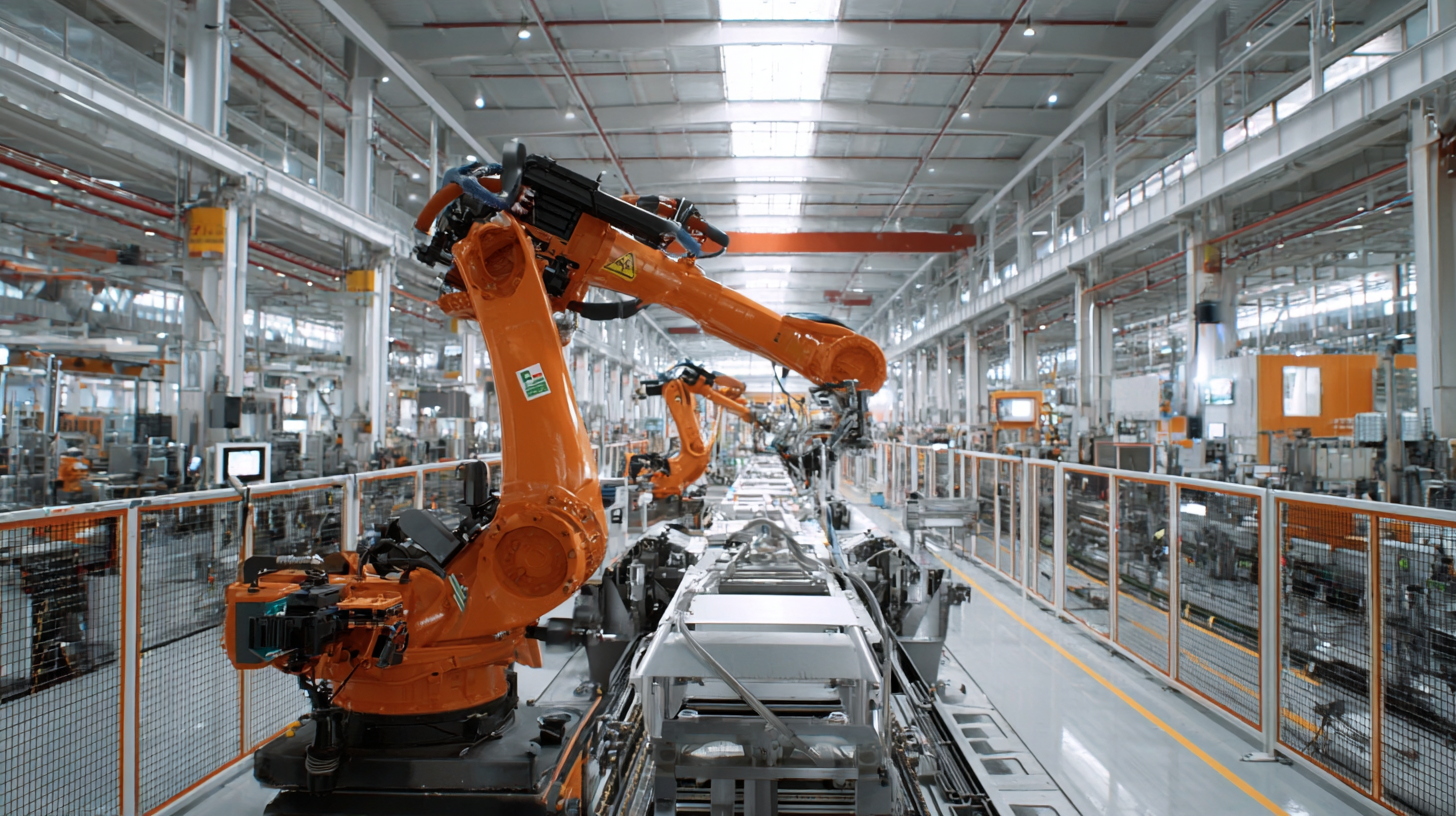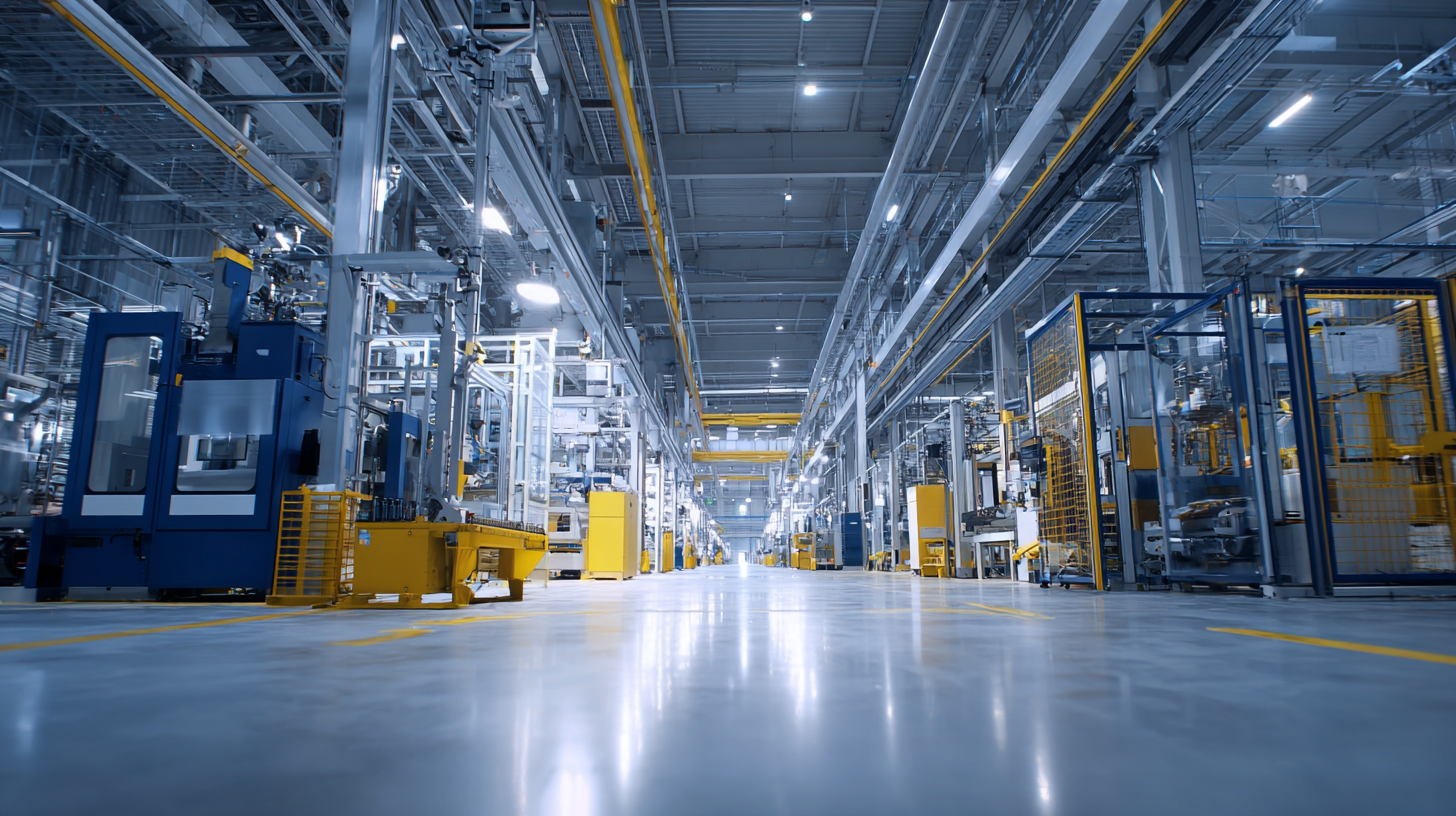
The Future of Manufacturing Excellence: Elevating Standards at the Best Factory
In the ever-evolving landscape of manufacturing, the pursuit of excellence has never been more critical. According to a report by McKinsey & Company, factories that leverage advanced technologies and adopt best practices can achieve productivity improvements of up to 30%. As the manufacturing sector faces challenges such as supply chain disruptions and labor shortages, elevating standards has become essential for maintaining competitive advantage. The concept of the "Future Factory" is emerging as a transformative vision, where smart technologies, sustainability practices, and agile methodologies converge to redefine operational efficiency. Emphasizing a culture of continuous improvement and innovation, the best factories are not only maximizing their output but are also enhancing product quality and safety standards. This blog will explore the guiding principles and strategies that these leading manufacturers are employing to set new benchmarks for excellence and transform their facilities into models of efficiency and productivity.

The Role of Innovation in Creating World-Class Manufacturing Standards
Innovation is at the heart of elevating manufacturing standards, paving the way for world-class operational excellence. In today's rapidly evolving landscape, manufacturers are making strategic investments in their digital and data infrastructures to enhance innovation. This targeted investment is crucial not only for overcoming the ongoing skills gap but also for ensuring that production processes remain competitive. For instance, the establishment of a futuristic smart knitting factory in India is a testament to how innovation is reshaping traditional manufacturing paradigms.
Moreover, leading companies are increasingly leveraging artificial intelligence to optimize their operations and set new benchmarks for reliability and efficiency. The emergence of AI-driven solutions marks a significant shift in manufacturing practices, allowing firms to enhance performance, reduce costs, and drive sustainable growth. As manufacturers join initiatives like the Global Lighthouse Network, they are collectively redefining what excellence looks like in the industry. This collaborative effort to adopt innovative technologies ensures that global manufacturing continues to evolve, meeting the demands of both consumers and the environment.
Key Metrics for Assessing Manufacturing Excellence in Global Markets
In an era where global competition is fierce, assessing manufacturing excellence has never been more critical. Key metrics such as Overall Equipment Effectiveness (OEE), First Pass Yield (FPY), and Cost of Quality (CoQ) are essential in evaluating a factory's performance. According to a recent report by the International Society of Automation, companies that implement OEE tracking see an improvement in productivity by up to 30%, highlighting how essential this metric is in identifying inefficiencies.
Furthermore, FPY is a crucial indicator that reflects the percentage of products made correctly without rework or scrap. The Aberdeen Group found that organizations with high FPY rates can reduce production costs by up to 20%. This not only enhances profitability but also boosts customer satisfaction due to lower defect rates. Lastly, monitoring CoQ helps organizations identify costs associated with poor quality, allowing them to invest in preventative measures. A study from the Quality Assurance Institute indicates that for every dollar spent on quality improvement, companies can save up to $10 in rectifying quality failures. By embracing these metrics, manufacturers can elevate their operational standards and drive continuous improvement in global markets.
The Future of Manufacturing Excellence: Elevating Standards at the Best Factory
| Key Metrics | Global Average | Top Performers | Industry Benchmark |
|---|---|---|---|
| Overall Equipment Effectiveness (OEE) | 78% | 90% | 85% |
| Scrap Rate | 6% | 2% | 4% |
| On-Time Delivery Rate | 85% | 95% | 90% |
| First Pass Yield (FPY) | 80% | 92% | 88% |
| Labor Productivity (Units per hour) | 40 | 60 | 50 |
Sustainable Practices: Balancing Efficiency and Environmental Responsibility
In today's competitive landscape, manufacturing excellence is increasingly intertwined with sustainable practices. As factories strive to elevate their standards, balancing efficiency with environmental responsibility has become paramount. The best factories are transforming their operations by integrating eco-friendly materials, optimizing resource use, and minimizing waste. By leveraging advanced technologies and innovative processes, they not only enhance their productivity but also reduce their ecological footprint.
Moreover, adopting sustainable practices goes beyond compliance; it embodies a commitment to corporate social responsibility. Factories are now focusing on the entire lifecycle of their products, ensuring that every stage, from raw material sourcing to disposal, aligns with sustainability goals. This forward-thinking approach not only attracts environmentally-conscious consumers but also fosters greater employee engagement and retention. As we look to the future, it’s evident that the most successful manufacturers will be those who embrace sustainability as a core principle, reaping the benefits of both operational efficiency and a healthier planet.

Leveraging Technology: Automation and AI in Modern Manufacturing
In the rapidly evolving landscape of modern manufacturing, the integration of automation and artificial intelligence (AI) is setting new benchmarks for operational excellence. According to a recent report by McKinsey, companies that adopt advanced technologies can boost productivity by as much as 20-30%. This transformation not only enhances efficiency but also elevates the quality of products, ensuring that manufacturers remain competitive in a global market that demands more.
One of the key strategies for leveraging technology is the implementation of smart automation systems. These systems can streamline operations by minimizing human error and optimizing processes. For instance, AI-driven analytics tools can predict equipment failures, reducing downtime by up to 50%, as noted in a study by Deloitte. This predictive maintenance approach not only safeguards productivity but also extends the lifespan of machinery, leading to substantial cost savings over time.
**Tip:** Invest in training for your workforce to ensure they are equipped to work alongside these advanced technologies effectively.
Additionally, consider adopting a phased approach to automation, starting with less complex processes and gradually integrating AI solutions into more intricate operations. This incremental strategy allows companies to measure improvements and adapt to challenges without overwhelming their existing systems.
**Tip:** Regularly assess your technological landscape to identify areas for improvement and stay ahead of industry trends.
Skills Development: Preparing the Workforce for Future Manufacturing Challenges
In the rapidly evolving landscape of manufacturing, equipping the workforce with the right skills is paramount to overcoming future challenges. As automation and advanced technologies become commonplace, organizations must prioritize skills development to maintain a competitive edge. This requires a proactive approach in training and education to prepare employees for roles that may not even exist yet.
Tip: Invest in continuous learning programs that focus on both technical skills such as programming and data analysis, and soft skills like problem-solving and teamwork. This dual approach ensures that workers not only navigate new technologies but also adapt to evolving workplace dynamics.
Moreover, fostering a culture of innovation within the workforce can propel manufacturing excellence. Encouraging employees to engage in collaborative projects and share ideas enhances creativity and leads to practical solutions for operational challenges.
Tip: Create mentorship opportunities where experienced employees can guide newcomers. This not only helps in transferring knowledge but also strengthens team cohesion, ensuring that both seasoned and fresh perspectives contribute to the factory's success.

